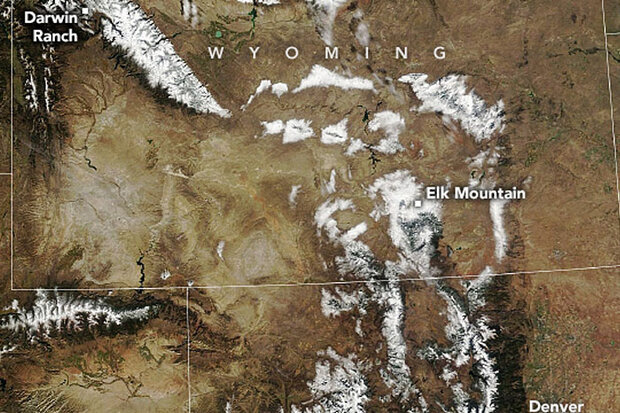Improving drought predictions by tackling challenges in simulating snow

Snow is crucial to the water supply in the western United States. Credit: NASA

Snow is crucial to the water supply in the western United States. Credit: NASA
Weather forecasts struggle to predict how much snow will stick around, or how quickly it will melt away. Scientists are addressing this challenge by improving how climate models simulate snow, a crucial step to better predict droughts and water availability in the Western U.S. In a new Journal of Hydrometeorology study, a group of researchers from NSF National Center for Atmospheric Research, NOAA’s Global Systems Laboratory, Airborne Snow Observatories, Inc., and two international institutions upgraded a widely used model, the Noah-Multiparameterization Land Surface Model (Noah MP), to improve how snow reflects sunlight in the simulation. The team replaced simple calculations in the model with a more advanced system that better accounts for factors like snow grain size, shape, and impurities like dust or soot. When they compared their model results with observations from three field stations in the Rocky Mountains, the snow reflectivity results showed significant improvement. These advances will help scientists understand how snowpack responds to changing conditions like rising temperatures, shifting snowfall patterns, and drought severity.